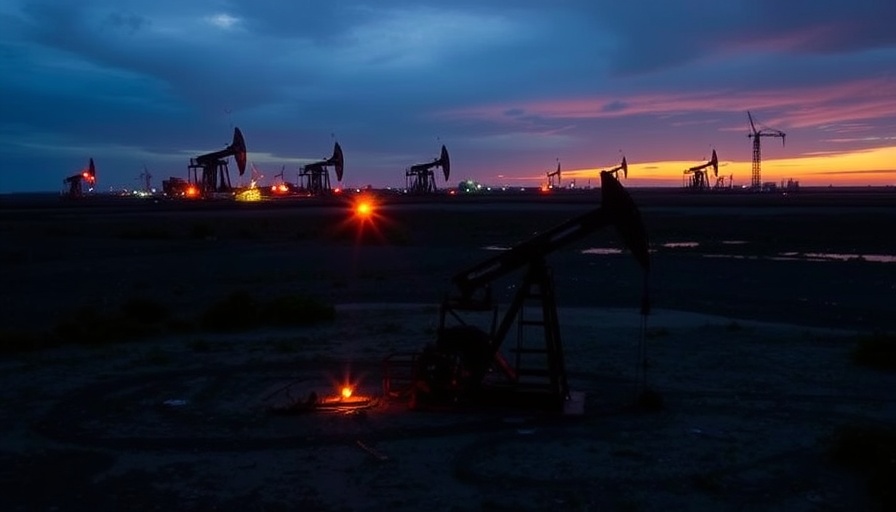
China’s Oil Stockpiling Strategy: Analyzing the Future of Oil Prices
The cancerous side of fossil fuels continues to intersect with intricate geopolitics and a shift towards energy security, particularly as the world’s largest oil importer, China, adopts an aggressive stockpiling strategy. As recent analyses indicate that oil demand may have already peaked, it raises intriguing questions for the market.
Understanding Peak Oil Demand
Historically, the concept of Peak Oil—pioneered by M. King Hubbert—predicted that oil production would eventually outstrip consumption capabilities. Fast forward to today, and the narrative has shifted towards Peak Oil Demand. In this context, factors such as electric vehicle adoption, stringent climate policies, and technological advancements are reducing oil consumption rates.
China's Stockpiling: A Safeguard Against Uncertainty
In the first nine months of 2025, China reportedly stockpiled around 160 million barrels of crude oil, driven by both strategic foresight and geopolitical volatility. The large-scale addition of crude to its reserves serves as a buffer against potential sanctions affecting critical suppliers like Russia and Iran. This proactive behavior is an integral part of China’s long-term energy security strategy amidst ongoing geopolitical tensions and the ever-morphing dynamics of global trade.
Your Stake in Global Oil Dynamics
The ongoing tug-of-war between production levels and demand presents a pivotal moment for investors and consumers alike. With upward pressure on prices maintained by China's stocking practices, the expected inventory builds in the global market might not exert as much downward pressure as some industry analysts predict. Considering the expanding crude oil storage capacity in China—expected to reach 2.03 billion barrels—it symbolizes an alignment with national energy strategy rather than mere market opportunism.
Speculating Future Trends
With oil price stability projected and potential geopolitical crises on the horizon, experts posit that the return of fluctuating prices hinges on multiple factors. If geopolitical conditions remain stable, and China continues to stockpile oil, it may soften the anticipated effects of a market glut. Conversely, any escalation of conflicts could radically shift the balance.
Implications for Policymakers and Investors
The operational resilience of oil-producing nations is being tested as they grapple with geopolitical risks and changing global demand dynamics. Policymakers must prepare for scenarios where traditional paradigms of supply and demand are upended, especially with the evolving impact of electric vehicles and renewable energy.
The Ethical Dimension of Oil Dependence
This intriguing conundrum leads us to reflect on broader implications. Are we at a crossroads where the transition to sustainable practices begins to outweigh the reliance on fossil fuels? If China's stockpiles provide an economic cushion for their own industry, how will this affect global prices and the push for greener alternatives?
In conclusion, as we stand on the cusp of possible shifts in energy consumption patterns, understanding the intricate interplay of geopolitics, supply dynamics, and shifting consumer preferences becomes crucial. The present calm before a storm in oil demand could have a far-reaching impact on everything, from prices at the pump to international diplomacy.
 Add Row
Add Row  Add
Add 




Write A Comment